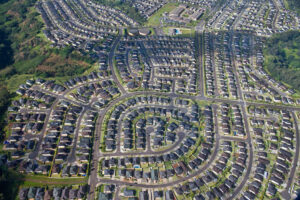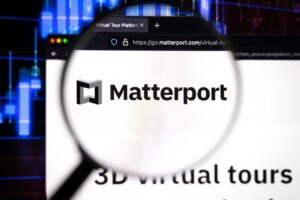What is a Rent Roll?
Rent rolls list all the tenants currently occupying a particular property. These could be individual tenants at multifamily properties or corporate tenants at an office park. Your rent roll will usually be provided by the current owner or investment group when you are in the process of acquiring a property. Your rent roll will typically provide the following information:
Who is currently occupying the units in your prospective CRE investment? It’s important to be attentive to the number of vacant units at a property as high vacancy could mean a less attractive investment.
The number of units at your property. After receiving the rent roll and other paperwork from your seller, we will check the number of units against the rent roll during our inspection.
Total rents are determined by dividing the number of occupants by the total square footage of your building. By knowing how large each unit is, you can easily determine if rents are set properly or need to be adjusted.
How much rentable space do you have in your investment? Commercial real estate rent rolls provide you with data regarding your total overall percentage of rentable space. If a certain tenant takes up 10% of your square footage, then you have 90% in rental square footage. Ensuring a greater ROI on your investment means having an accurate picture of your rentable space.
Your rental rate is given as two figures: how much each tenant pays and how much each tenant pays per square footage or rentable space. These figures give building managers insight into whether to raise or lower rents for their tenants based on a variety of factors, including how much rentable space tenants currently use.
You want to know the lease terms when you’re investing in a property. How many tenants do you have whose leases will expire? The lease terms give you the beginning, end, and duration of all leases with current tenants.
It seems obvious that you want to know if the tenants at your current commercial investment property paid a security deposit, the amount of that deposit, and when it will be due to the tenant should their lease expire. The funds for security deposits are passed from the seller to the buyer, and it’s important to make sure that the seller has transferred the appropriate amount.
What Else Appears on a Rent Roll?
Above is a general list of the most common things that appear on a rent roll. Your property inspectors will conduct a thorough inspection of your potential investment property, looking for the typical things most inspectors discover, and some less common potential hazards and problems.
A rent roll will help you determine whether the property coincides with what is discovered during the property inspection. For example, it would be important to know if units are smaller or larger than their listed size, as this could affect rents. Additionally, you might have lease charges for tenant extras such as keeping pets in their unit or parking. Your inspector should note these in their report.
Why is a Rent Roll Important?
There is little doubt that rent roll is one of the most important things to consider when you’re buying or underwriting a property. From the perspective of the Investor, commercial real estate rent rolls will help you estimate what your monthly cash flow will be. On the other hand, as a Lender, you need a clear understanding of the current tenancy in deciding on terms and approving loans.
Rent rolls give you information on the following:
Rent rolls are an important part of calculating a property’s Net Operating Income (NOI). NOI offers a prediction of annual profitability and revenue.
Tenant concentrations matter less with multifamily. However, in retail or office commercial real estate, you may have a single “anchor” store that is your biggest and most profitable tenant. For instance, if you have a retail strip center with a large grocery store, your profitability is likely bound up in the fate of that grocery store. The less tenant concentration, the less risk, and the better the loan and investment in most cases.
Do all the leases at your property expire in the same week? If so, you may have a problem when it comes to paying out security deposits and securing new tenants for your building. Rent rolls will show when current tenants started paying and when their lease terms will end.
How long are the leases for the current tenants of your building? Lenders will sometimes want to know the length of leases at a multifamily property they’re underwriting because they want to ensure investors have a steady ROI. In most cases, rent rolls will contain a mixture of short and long-term leases.
For many investors, rent rolls are especially useful because they can be compared to a market survey of nearby and similar properties. Investors can look for opportunities in rent rolls. For instance, if the going rate for similar and nearby rentals is $20 per square foot, but the property you’re acquiring charges $15, you have room to make greater profits.
This is where Armada Analytics comes in with our industry-leading property inspections and lease audits. A rent roll is an essential part of the acquisition due diligence process for us. Some small investors might do their own rent rolls on income-generating, and these can frankly be a mess to sift through. At Armada, we help to ensure that potential investment properties return what their rent rolls claim.
Armada Analytics for Property Inspections
When it comes to the best in due diligence, property inspections, and analyzing rent rolls, you can count on Armada’s vast experience and long-standing relationships with some of the industry’s best rent roll software companies.







